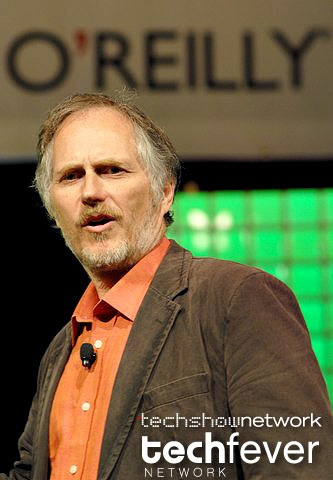Lots of people have big ideas–the next ‘big’ thing. Not everyone executes. This isn’t only applicable to individuals, but also to teams and organizations. Many teams have great ambitions, same with organizations–and some are successful in achieving that idea. But, they may not have reached a point of bigness. Teams need leaders. Organizations need leaders–but to what degree?
Inc Magazine recently published an article highlighting Tim O’Reilly and the visionary leadership he is bringing to Washington. Out of all the great things covered in the article and that Tim O’Reilly has said, this one line lives with me the most:
“My original business model — I actually wrote this down — was ‘interesting work for interesting people.’ “
Interesting work for interesting people. The word “interesting” is most critical in this phrase, as, people define interesting differently. I find interesting to mean work that meets more than a bottom-line, that influences people and behaviors for good, that is innovative and leverages the latest research, technologies, and approaches for social change. This is quite specific.
Define Interesting
What Mr. O’Reilly says is applicable not only to organizations–but also to people I often say: “Own your education. Own your career.” To be able to do this, you need to know what is interesting.
Then, you need to find people who you also find interesting–who share similar interests, people you admire, people who are one step ahead of you, people who think differently that you, motivate you–but again–to find the people, you need to know what interests you in others.
The Role of Leadership
Have you ever been on the other side of a big idea–where, you want to go from good to great? Is it possible to reach bigness without it? Jim Collins, author of Good to Great, I think best gets to the bottom of why leadership is crucial:
“…more than anything else, real people in real companies want to be part of a winning team. They want to contribute to producing real results. They want to feel the excitement and the satisfaction of being part of something that just flat-out works. When people begin to feel the magic of momentum—when they begin to see tangible results and can feel the flywheel start to build speed—that’s when they line up, throw their shoulders to the wheel, and push.”
Interesting needs interesting.
Do you know what interests you?
flickr credit: TechShowNetwork


